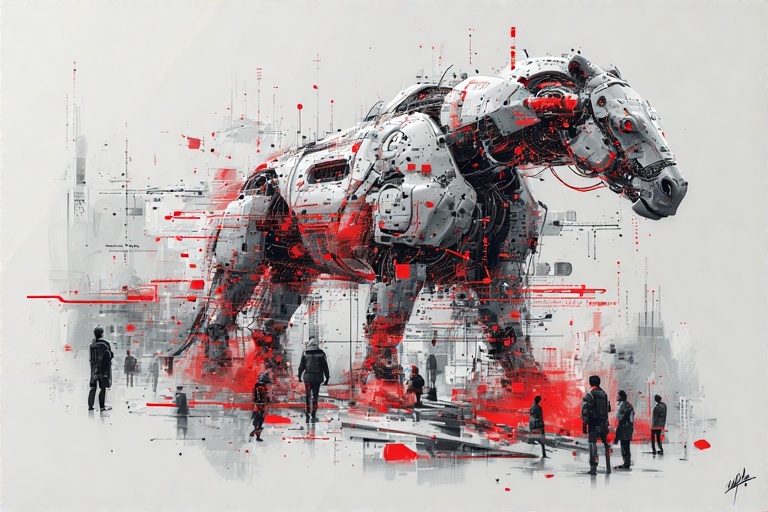As artificial intelligence seeps into every corner of the workplace, anxiety and excitement grow in equal measure. Some forecast a “jobs apocalypse,” with robots and algorithms displacing human labor. Others predict an age of human–machine partnership, boosting productivity and creativity. In reality, AI will both automate certain tasks and open new opportunities—shaping a future of work that demands adaptability, new skills and thoughtful governance.
1. Automation Potential: Which Tasks Are at Risk?
Studies by the International Labour Organization estimate that only about 2.3 percent of global jobs could be fully automated by current AI technologies. However, roughly 60 percent of tasks across most occupations are partially automatable, from data entry to exception handling. Routine, rule-based work—invoice processing, basic customer service—faces the greatest pressure. Conversely, roles requiring complex judgment, empathy or fine motor skills remain largely secure.
2. Augmentation: AI as a Productivity Multiplier
Where AI excels at repetitive chores—sifting invoices or transcribing audio—it can free humans to focus on higher-value activities: creative problem-solving, relationship building and strategic planning. IBM research shows that companies embracing AI as a tool rather than a replacement see gains in employee satisfaction and innovation, though half of surveyed leaders admit their organizations struggle to integrate disparate technologies into cohesive workflows.
3. New Jobs and Evolving Roles
History reminds us that major technological shifts spawn new occupations. Just as the internet gave rise to web designers and digital marketers, AI demand fuels roles in data annotation, model auditing and ethics compliance. McKinsey estimates that AI could add $4.4 trillion in annual productivity value by 2030—but to capture that upside, businesses must re-sketch organizational charts and reskill workforces at scale.
4. Real-World Examples of Human–AI Collaboration
Let me show you some examples:
- Healthcare: Radiologists use AI to highlight suspicious regions on scans. The tool flags anomalies in seconds; the doctor verifies findings and discusses treatment options with patients.
- Legal Research: Junior attorneys deploy NLP search assistants that comb through thousands of case laws. The lawyer curates relevant precedents and crafts arguments.
- Manufacturing: Assemblers work alongside vision-guided robots. The robot handles precision bolt-torquing; the human inspects fits and adapts to custom requirements.
5. A Simple Guide to Upskilling Your Team
Organizations can accelerate workforce readiness with a straightforward program:
- Identify Task Automations: Audit roles to list tasks AI can handle—data cleanup, report generation, image tagging.
- Map Skill Gaps: Survey employees on digital literacy, critical thinking and domain expertise.
- Design Learning Paths: Combine online courses (AI fundamentals, data ethics) with hands-on workshops using real-world datasets.
- Embed AI in Projects: Launch pilot teams where participants co-develop simple ML prototypes—chatbots or anomaly detectors—and iterate rapidly.
- Measure Impact: Track time saved, error reductions and employee feedback to refine training modules.
6. Policy and Leadership Considerations
Governments and business leaders must collaborate on frameworks that balance innovation with social protection. Policies might include subsidized reskilling programs, portable benefits for gig economy workers and transparency requirements for algorithmic decisions. Companies should appoint AI ethics officers, maintain open communication about AI adoption plans and involve employees early to build trust.
7. The Road Ahead
No single outcome is guaranteed. AI’s impact on work will vary by industry, geography and regulatory environment. While some roles shrink, others expand or transform. The key lies in cultivating flexibility—encouraging lifelong learning, embracing human–AI teaming and developing policies that share the benefits of automation broadly. In this way, AI becomes not a job-destroyer, but a force that empowers us to work smarter, more creatively and with greater purpose.







Add a Comment